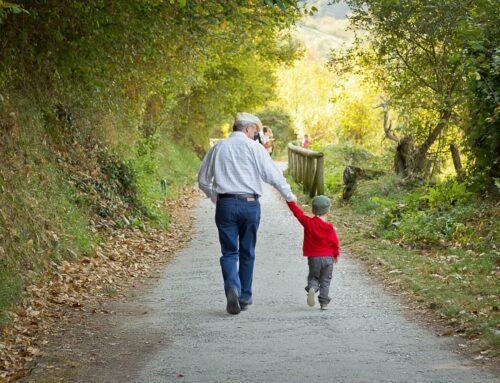Today, let us dive into two similar articles on the topic of parenting. In the ever-changing landscape of modern childhood, fostering resilience and emotional intelligence in children has become a pivotal aspect of parenting and education. It’s not just about ensuring children succeed academically; it’s equally, if not more, important to equip them with the emotional tools and creative skills they need to navigate life’s challenges. Today, we will explore practical ways families can cultivate these essential skills together.
Our focus will be on the articles: Six Ways to Help Kids Grow Their Creativity published by the Greater Good Science Center at UC Berkeley, and How to Build Resilience in Children by Heather S. Lonczak, Ph.D. from PositivePsychology.com.
Both articles offer excellent perspectives using the latest research and are certainly worthy of a read.

What is Resilience and Emotional Intelligence?
Resilience refers to the capacity to recover quickly from difficulties, while emotional intelligence involves recognizing, understanding, and managing our emotions and those of others. Dr. Lonczak highlights the importance of nurturing environments and supportive relationships, such as positive parent-child interactions, in promoting resilience. Children exposed to adversity yet supported by nurturing relationships often display remarkable resilience, which demonstrates the impact of a supportive family environment.
The Role of Creativity in Developing Resilience and Emotional Intelligence
Creativity is not just an outlet for artistic expression; it’s a fundamental component of problem-solving, emotional expression, and resilience. Encouraging creative habits within the family can significantly enhance a child’s ability to handle challenges with flexibility and confidence. Here are some strategies from the Greater Good Science Center to help foster creativity and resilience in your family:
Building resilience and emotional intelligence in children is a dynamic process that benefits significantly from a creative, supportive family environment. By incorporating the strategies outlined above, parents and educators can play a crucial role in developing these vital skills. Emphasizing creativity, fostering a growth mindset, and viewing challenges as opportunities for growth are key elements in preparing children to navigate life’s ups and downs with confidence and empathy.
Let’s make creativity and resilience a cornerstone of our approach to raising well-rounded, emotionally intelligent children. By doing so, we prepare them not just for the challenges of today, but for a future where they can thrive no matter what comes their way.







Leave A Comment